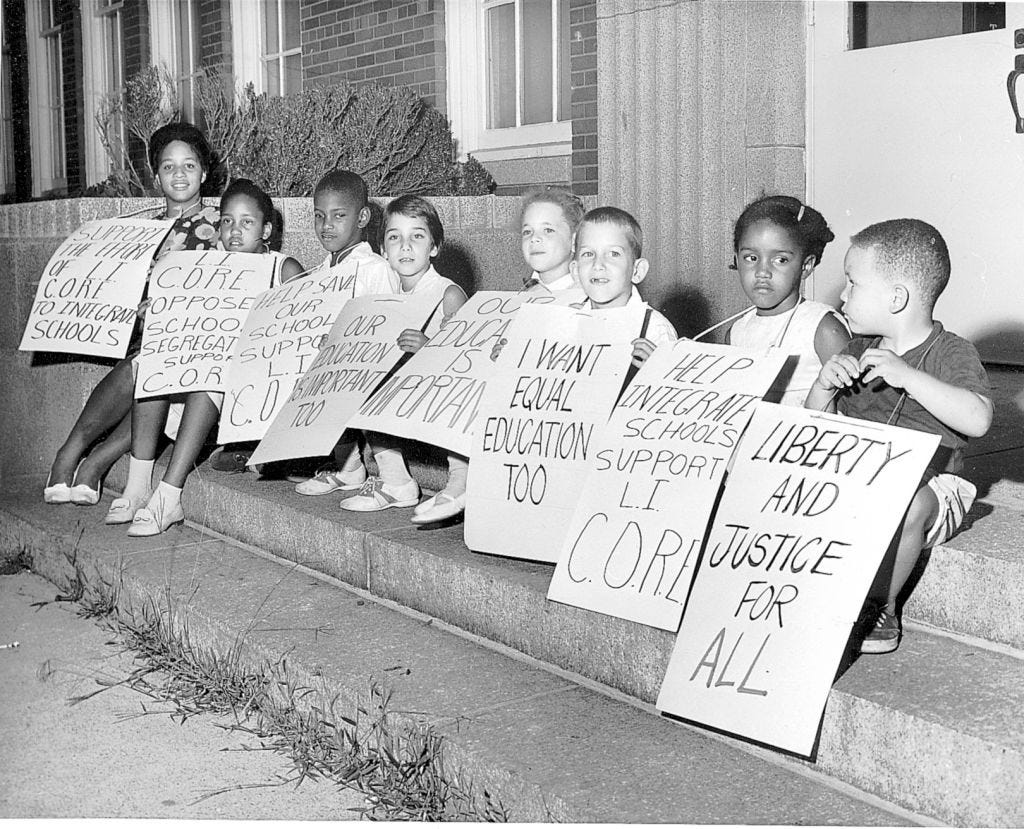The 72-year-old War: DEI, CRT and the Integrating of American Education
TNS contributing writer, Nicholas Mitchell unpacks the history of diversity, equity and inclusion in education and its relationship to present-day battles around CRT in American schools

The most volatile issue facing American education today can be summed up in a single acronym: DEI, which stands for diversity, equity, and inclusion. Some people will disagree with this claim on the grounds that debates over critical race theory are far more volatile, but they imply disparity where there is none. Critical race theory was never the real target of the movement started by Christopher Rufo. It was always about getting rid of DEI efforts and policies. Rufo and his movement just called it critical race theory for political branding purposes.
So much has been omitted from this national debate, such as how schools are obligated under multiple federal laws such as Title 6 of the Civil Rights Act of 1964, Section 504 of the Rehabilitation Act of 1973, Title 2 of The Americans with Disabilities Act of 1990, and Title IX of the Education Amendments Act of 1972 to provide students with an inclusive educational environment free of discrimination or harassment based on race, ethnicity, disability, sexual orientation, or gender identity. But there are no more glaring omissions than what DEI is and where it comes from.
When put in its proper historical context, the policies we call DEI are modern school and university integration efforts. The goal of DEI is both an intellectual integration of curriculum and a physical integration of educational institutions.
America has largely forgotten that the white supremacy of Jim Crow was so insane, that even knowledge and curriculum were segregated. Black history, Indigenous history, Asian American history, and Hispanic American history was left out of the official history curriculum taught in most American schools well into the twentieth century in favor of a nationalistic history that paid only a passing and often distorted glance to the histories of America’s non-white citizens. Much of the canon of philosophy, literature, law, and the social sciences have only adopted Black and other communities of color’s as well as LGBTQIA knowledge in the decades after the end of Jim Crow.
Keep reading with a 7-day free trial
Subscribe to The North Star with Shaun King to keep reading this post and get 7 days of free access to the full post archives.

